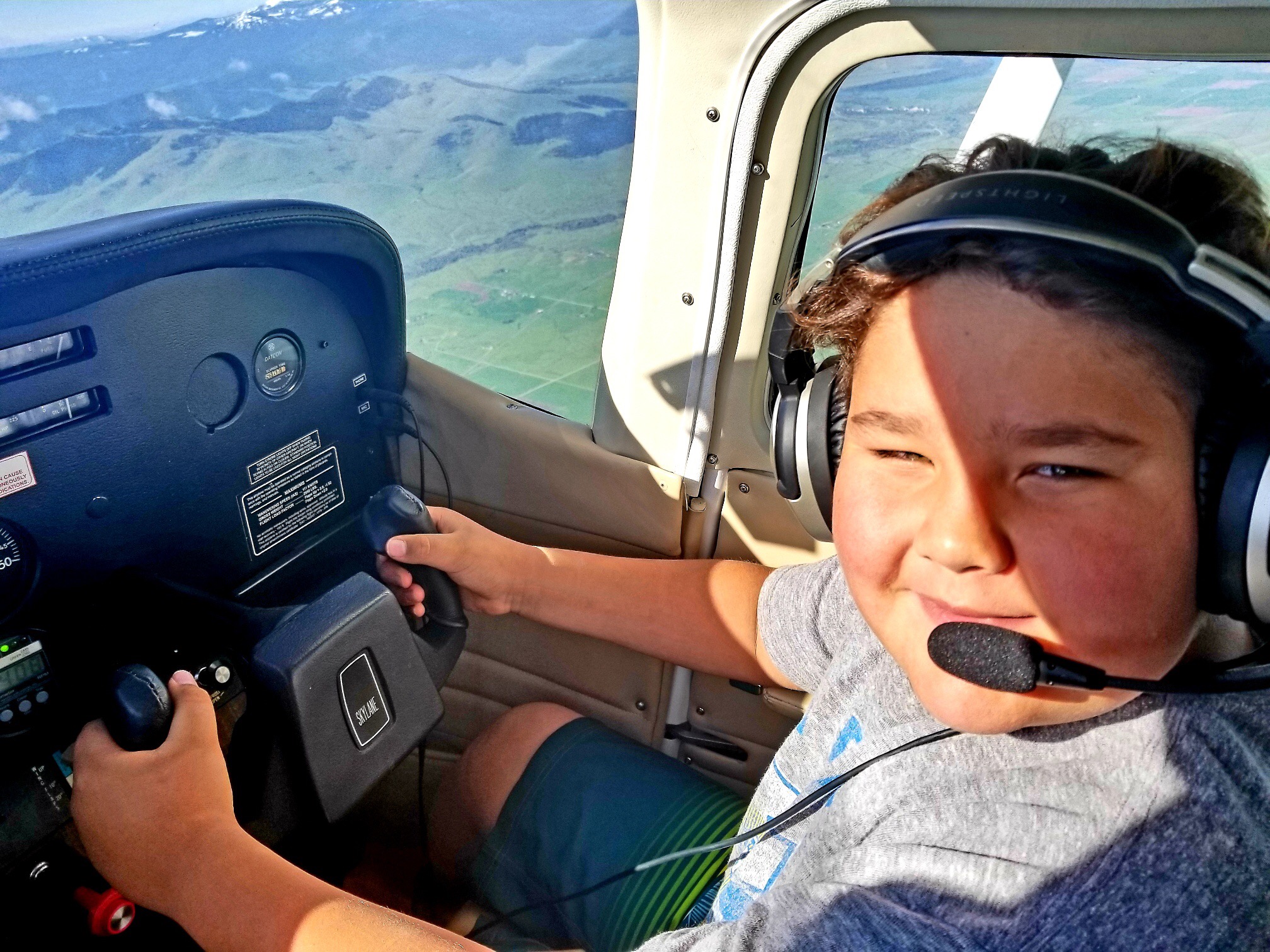According to the U.S. Centers for Disease Control and Prevention (CDC), approximately 15 percent of the population now lives in rural areas that have limited access to health care. An increasingly large number of people must travel substantial distances to a hospital or treatment facility. Sadly, the situation shows little sign of future improvement.
Patients who require medical treatment or special examinations and diagnosis outside of their home area can be faced with serious concerns about the cost of travel to keep their appointments. Even with insurance, travel from sparsely populated areas to and from regional medical centers can become expensive. If such travel is required on a regular basis, transportation costs can mount and quickly become burdensome.
Ongoing treatment, with recommended and medically approved procedures, is often not available at local medical clinics, and serious conditions may require advanced or experimental treatment that is available at only a handful of medical centers in the country. For such patients, the dilemma becomes an excruciating decision of how to balance life-saving care and mounting debt.
The cost of travel and away-from-home accommodation for medical care — for unique treatments and procedures or for specialized diagnoses — is typically not covered by most healthcare policies, nor is such travel reimbursable under most plans except in emergency situations. The choice between rising debt due to travel costs and going without medical treatment because transportation is unavailable is an untenable one.
Limitations on Medical Travel Costs
Medical treatment and evacuation costs are routinely included as part of international and some domestic travel insurance policies, but there are specific limitations. Air ambulance service is a benefit of many health insurance plans, but few insurance policies will have clauses that reimburse for the cost of multiple trips to a regional medical center. Air travel on a non-emergency basis is rarely reimbursable. Routine travel to regional healthcare facilities from rural areas is not often covered by normal insurance, even if it is the only option available for patients.
Patients who seek second and third opinions, who must undergo extensive and/or cutting-edge surgery, or who are enrolled in specialty treatment programs or supervised clinical drug trials are often not eligible for any type of travel or accommodation reimbursement. Non-emergency medical transportation has become a growing hardship for many American families.
Coverage can be available from some insurers for those who must travel to a center of excellence in a major metropolitan area, but the high price of such insurance is often prohibitive for those who need it most.
Are There Viable Options?
Resources exist that help to alleviate both the recurring costs of the medical treatment itself and the non-emergency transportation necessary for ongoing care. Non-profit organizations address the need of those suffering from specific diseases and conditions, and there are resources that help fund unique, one-time treatment needs and life-saving interventions. Angel Flight West, a non-profit organization that operates in 12 western states, including Alaska and Hawaii, offers an alternative to flight insurance. The group cooperates with similar organizations that operate in other parts of the country. Actual flights may be in a private aircraft, or in seats donated by commercial airlines, and there is never a charge or a limitation on services offered to the recipient.
Under the category of non-emergency transportation, highly trained professional pilots supply free air transportation for patients traveling for medical treatment. It can literally be a lifesaver for those who face the hardship of paying high prices for commercial travel. We also provide “compassion flights” for family members to travel to the bedside of a loved one undergoing treatment.
Requirements are only that the patient is ambulatory and medically stable. The individual must be able to board and deplane with minimal assistance and must be able to remain comfortable in standard aircraft seating for the duration of the flight. The average distance of a flight is approximately 300 miles, with a stated maximum total distance of 1,000 miles or less in each direction.
Eligible flight participants include patients of all ages who may travel with a single companion. Advance notice is required for scheduling, and passengers are subject to weight limitations that are compatible with specific private aircraft. In order to be eligible, the patient requesting travel must demonstrate either financial need or another compelling reason. Such reasons might include a weakened immune system or other medical condition, or residence in a specific geographic area with little or no access to commercial transportation.
How To Find the Needed Help
You may never need the assistance we offer, but we urge you to be aware that such services exist. Whether you need us yourself, or you’re a healthcare professional, a member of the team at a rural clinic, or on the staff of a noted world-class hospital, we want you to remember that help is available.
Our supporters include not only our active pilots, but a number of airlines and corporations who give of their time, expertise, and money to enlarge the reach and make access to needed medical care more available to those who need it.
Although Angel Care West is not in the business of selling anything, we encourage the public to think of us as “flight insurance” for medical treatment. We are totally committed to easing the stress of increasing travel costs for patients and their families. We hope you’ll help us spread the word as we spread our wings.
